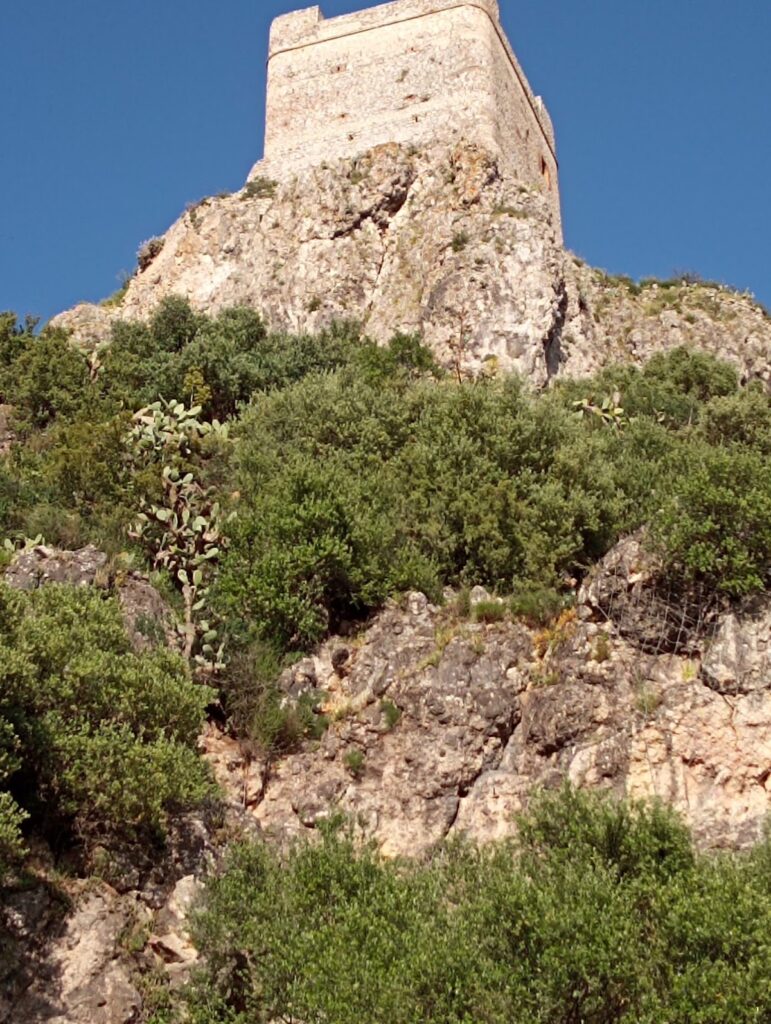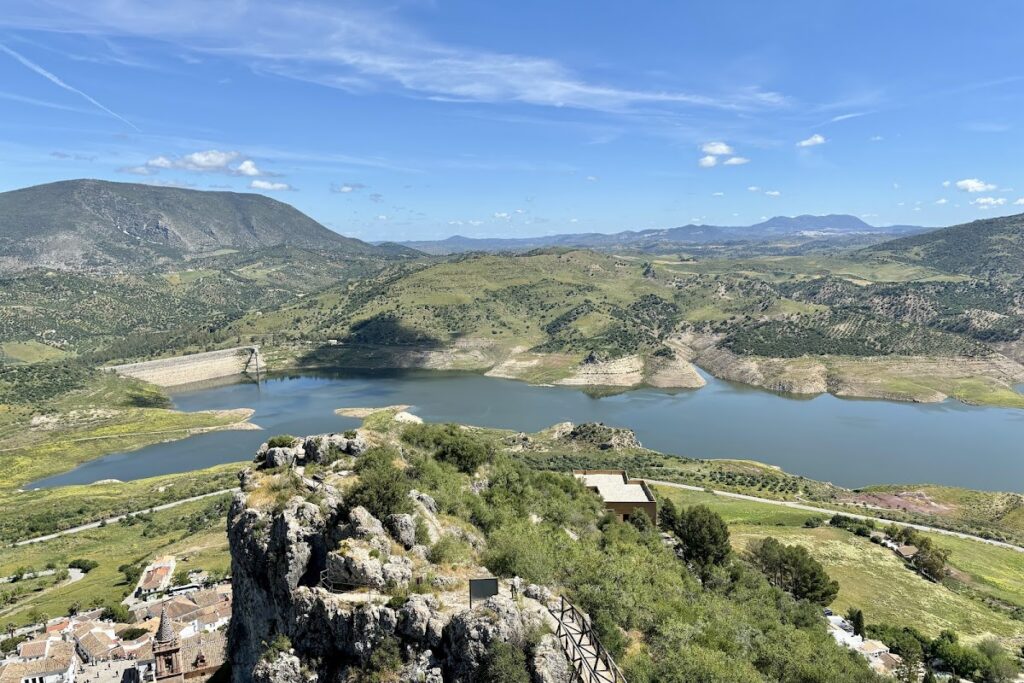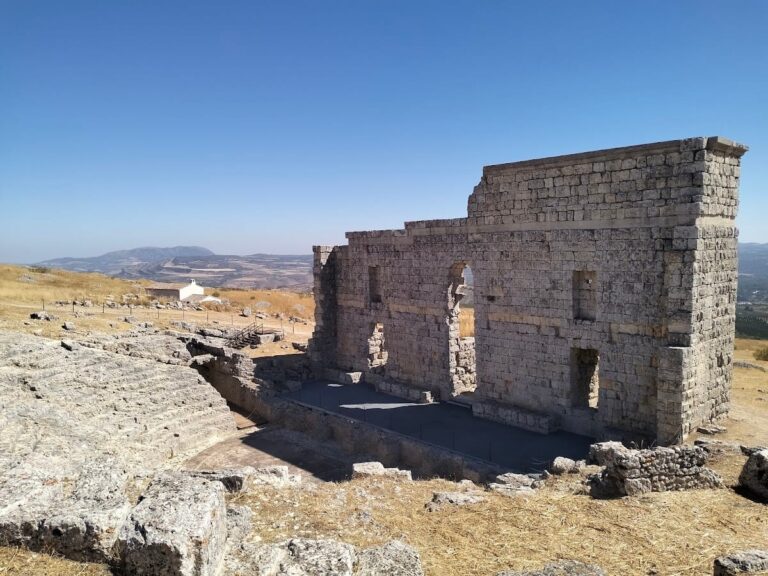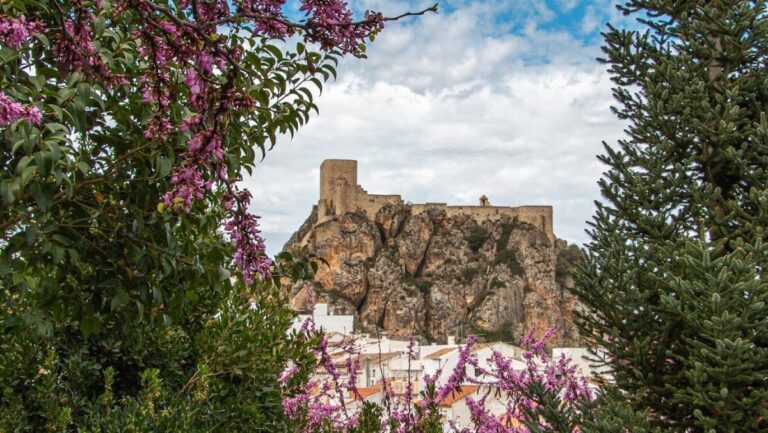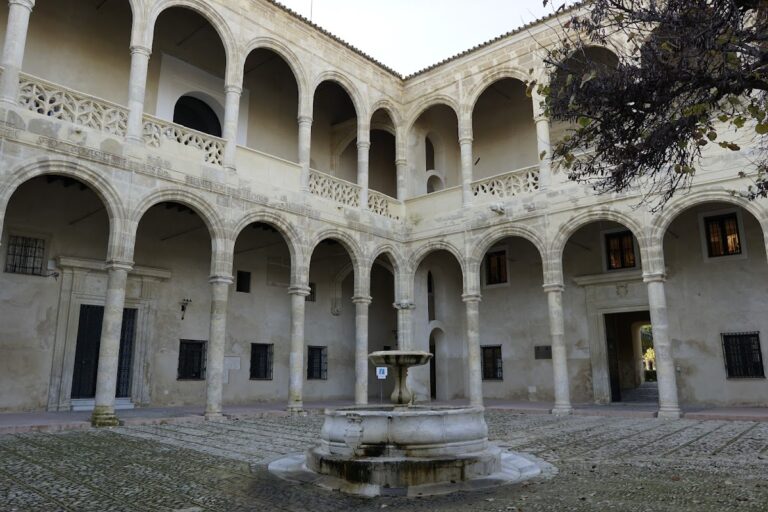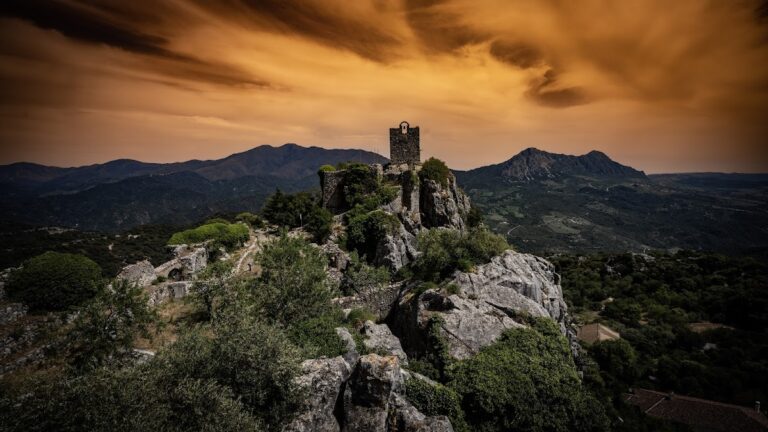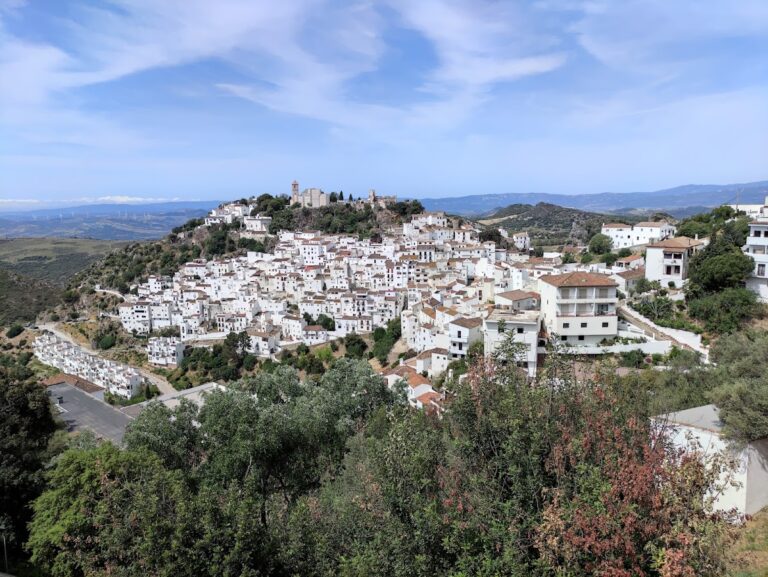Castle of Zahara de la Sierra: A Historic Fortress in Spain
Visitor Information
Google Rating: 4.6
Popularity: Medium
Google Maps: View on Google Maps
Official Website: www.zaharadelasierra.es
Country: Spain
Civilization: Unclassified
Remains: Military
History
The Castle of Zahara de la Sierra is located in the municipality of Zahara de la Sierra in Spain and was originally constructed by the Nasrid Kingdom of Granada during the late 13th century. This fortress marked the frontier of Nasrid territory and played a strategic role in the interactions between Muslim and Christian rulers of the region.
In 1282, the castle served as the venue for a significant meeting between Alfonso X, King of Castile, and Abu Yusuf Yaqub ibn Abd al-Haqq, the Marinid Sultan. This gathering underscored the castle’s position as a key border stronghold amidst the complex political relations on the Nasrid frontier.
The castle came under Christian control in 1407 when Juan II, the Castilian monarch, captured it from Nasrid hands. This Christian rule lasted until 1481, when Nasrid forces briefly retook the fortress. Two years later, in 1483, Rodrigo Ponce de León, Marquis of Cádiz, recaptured the castle for the Catholic Monarchs, definitively securing it during the later stages of the Reconquista.
Beyond its medieval role, the castle remained a focal point during subsequent military conflicts. During the Spanish War of Independence in the early 19th century, French troops under General Soult occupied the stronghold. Spanish forces led by Pedro de Pineda launched an offensive to reclaim it, highlighting its continued strategic importance.
An episode tied to the surrounding region’s turbulent history occurred in 1410 when the village of Zahara was attacked and sacked by the Emir of Granada. This event provoked the Infante Fernando to retaliate by capturing the city of Antequera, illustrating the ongoing conflict between Muslim and Christian powers in the area.
In recognition of its cultural and historical value, the castle was officially declared a Bien de Interés Cultural, a Spanish heritage protection status, in 1985.
Remains
The surviving remains of the Castle of Zahara de la Sierra primarily consist of sections of its defensive walls, which include masonry from both the original Nasrid construction and later modifications made during the Christian period. These remnants offer insight into the castle’s layered architectural history and centuries of military use.
Beneath the walls lies an Arab-era cistern known as an aljibe, recently uncovered beneath the castle’s keep tower. This cistern was used to store water, essential for the fortress’s defense and daily function. Its discovery highlights the ingenuity of Nasrid engineering in adapting the site to the needs of its occupants.
The castle’s most prominent feature today is its tower, which visitors can ascend. Positioned at approximately 600 meters above sea level, the tower provides expansive views over Zahara, the nearby reservoir, and surrounding towns including Algodonales and Olvera, reflecting its strategic placement for surveillance and control of the territory.
The fortress is situated between the Zahara reservoir and the Sierra de Grazalema Natural Park, emphasizing its commanding position in the landscape between natural resources and rugged terrain. The remaining structures, though fragmentary, retain evidence of the castle’s multi-period use and enduring presence on this prominent hilltop location.

